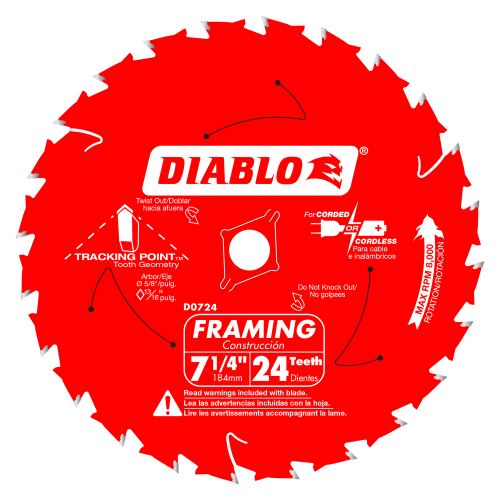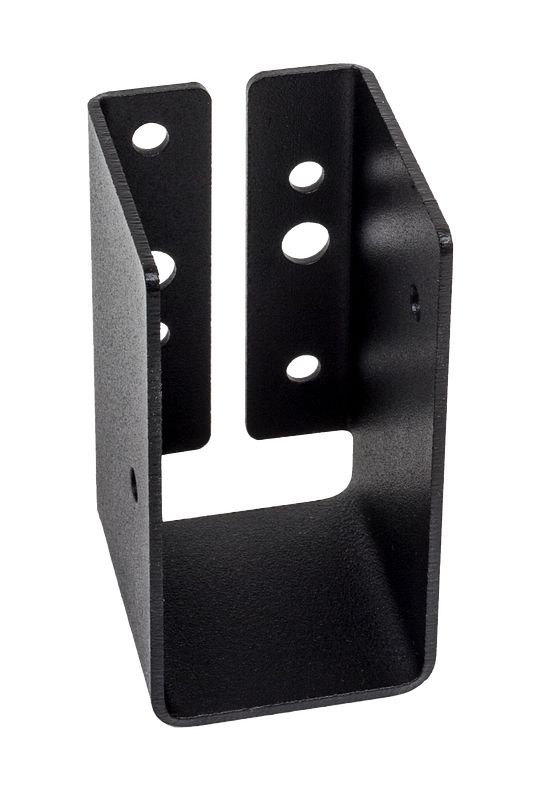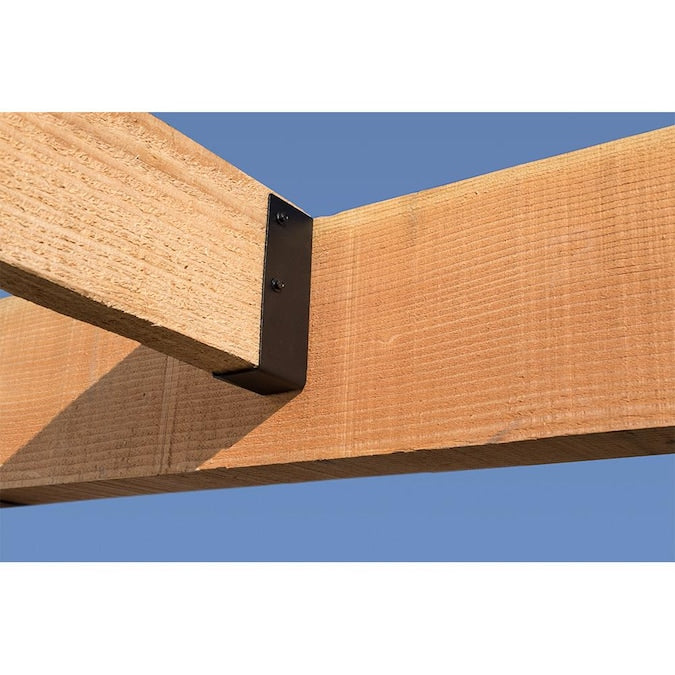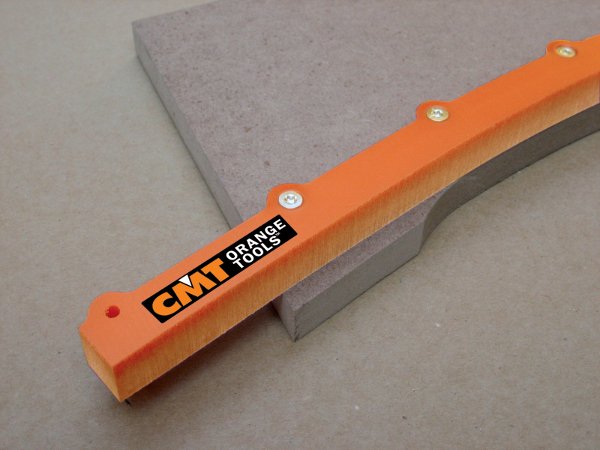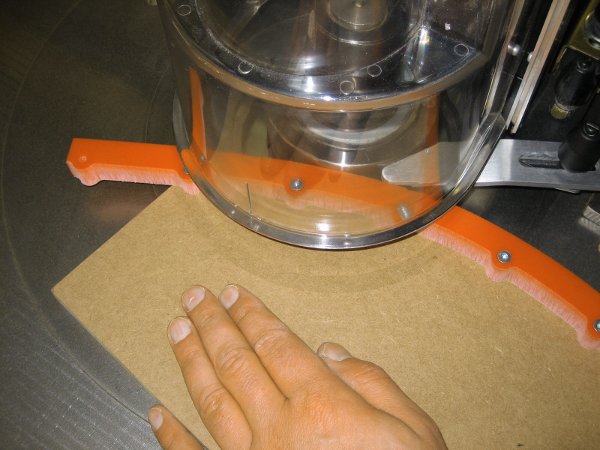Self-tapping screws, as their name implies, tap their own threads when screwed into a hole. This unique feature allows them to create secure fastenings without the need for a pre-threaded nut or insert. This article delves into understanding how to use self-tapping screws correctly, ensuring your DIY or professional projects are both efficient and durable.
Understanding Self-Tapping Screws
Before we dive into how to use self-tapping screws, it is essential to understand what they are and their primary purpose. Self-tapping screws are specifically designed to cut their thread, making it easier to drive them into materials like wood, metal, or plastic. There are primarily two types: thread-forming and thread-cutting. The type you select depends on the material and application, with thread-forming being more suited for soft materials and thread-cutting ideal for metals.
Tools Required
To work with these screws, ensure you have the right set of tools. A power drill with a screwdriver bit that matches the screw head type is essential. Depending on the material you are working with, you might also need a drill bit to make pilot holes. Ensuring you have the correct power tools can significantly enhance the ease and precision with which you use self-tapping screws.
Step-By-Step Guide on Using Self-Tapping Screws
- Mark the Spot: Begin by marking the exact spot where you want to fix the screw. This ensures precision and alignment, especially when working on larger projects.
- Drill a Pilot Hole: Though self-tapping screws can create their thread, for harder materials especially, drilling a pilot hole can make the process smoother and reduce material splitting. The pilot hole's diameter should be smaller than the screw's diameter to allow the screw to tap effectively. Use the recommended size from the screw's packaging or a slightly smaller drill bit than the screw's core diameter.
- Choose the Right Screw: As mentioned, there are different types of self-tapping screws. Choose based on your material. For instance, if you are working with metal, a thread-cutting screw will be more appropriate.
- Position the Screw: Place the screw onto the pilot hole, ensuring it aligns correctly. This step is crucial as misalignment can damage the material or the screw.
- Screw in Place: Using your power drill, drive the screw into the material. Do this slowly to ensure the threads are formed or cut correctly. Apply steady pressure, and stop once the screw head is flush with the material's surface.
- Check Stability: Once screwed in, ensure that the connection is stable. The screw should not wobble or rotate freely. If it does, it might indicate that the pilot hole was too large or the screw did not tap correctly.
Benefits of Using Self-Tapping Screws
The primary advantage of these screws is the elimination of the need for a separate nut or insert. This not only saves time but also reduces the number of materials required. Furthermore, the strong hold they provide makes them ideal for a variety of applications, from home DIY projects to industrial uses. Using the right mechanical anchors and fasteners in conjunction with self-tapping screws ensures that your constructions are robust and long-lasting.
Self-tapping screws offer a blend of convenience and strength, making them a favorite in the construction and repair world. Knowing how to use self-tapping screws correctly can make your projects more professional and durable. Whether you are a DIY enthusiast or a seasoned professional, understanding the proper technique will undoubtedly be an asset in your toolkit.


